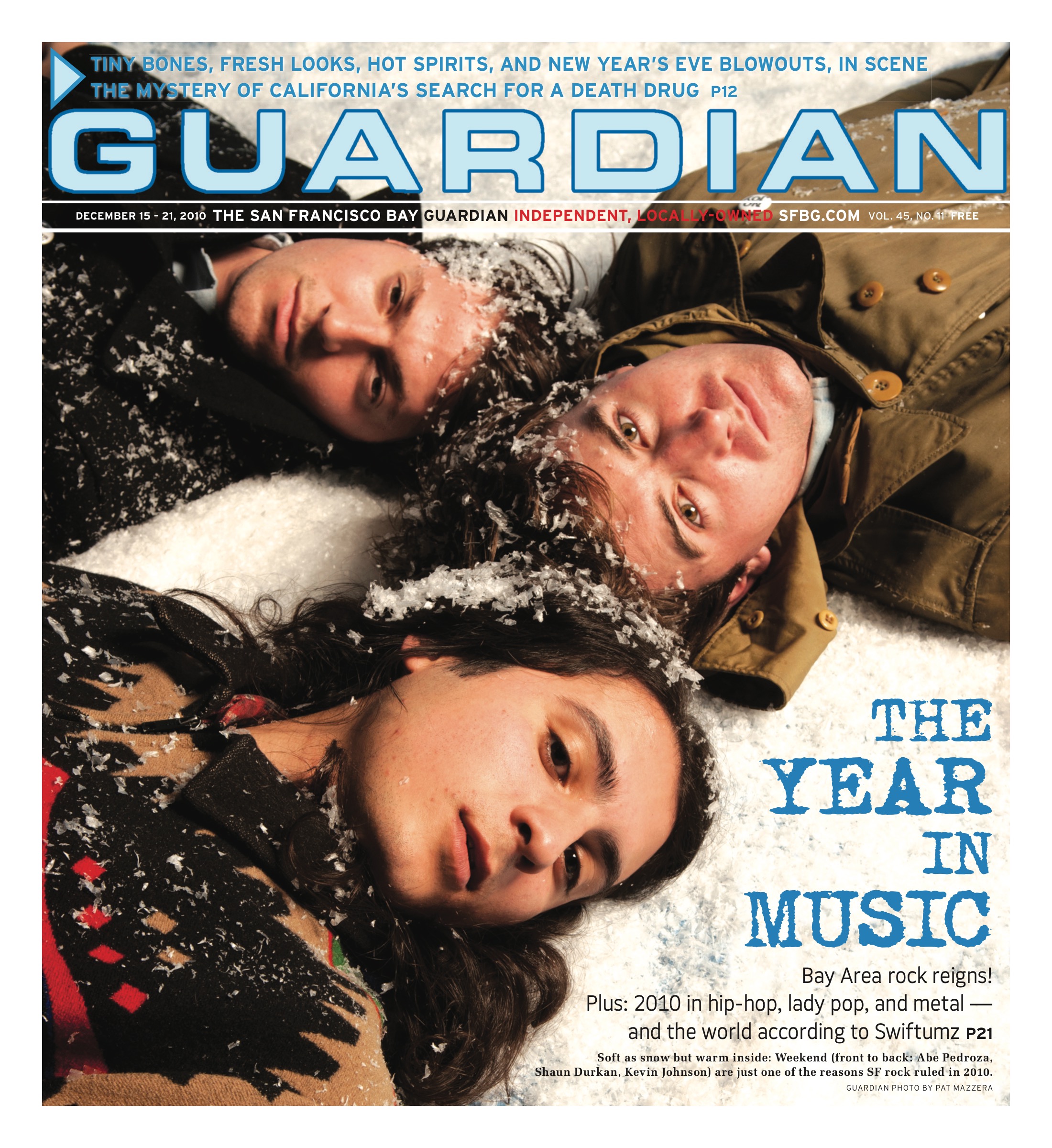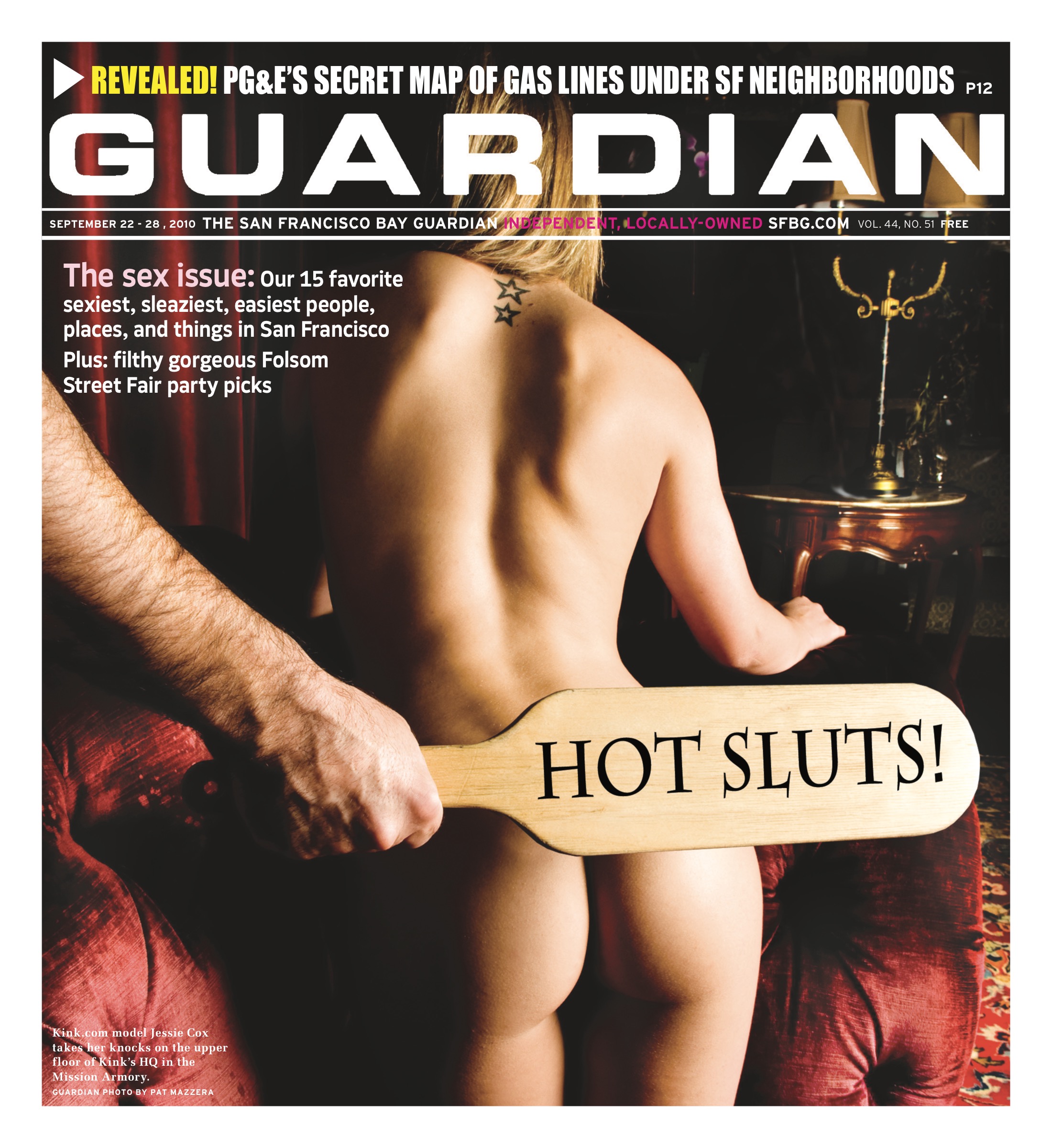Eric.L.Mar@sfgov.org, John.Avalos@sfgov.org, tom@tomammiano.com
OPINION
We are fighting for a soda tax because public health leaders have sounded the alarm that sugary drinks are a serious threat to our public health. Now is the time to get the word out about the latest facts that tell the story.
Our work on the issue began when community leaders and medical experts started educating us on the impact of sugary drinks. The resulting legislation that we crafted along with four other members of the Board of Supervisors will not only slow soda consumption, but it will fund the anti-hunger and physical activity programs we dearly need.
Most folks know soda is bad for you, but not how bad. Many are also unaware that Big Soda is specifically targeting communities of color and children. Our task is to spread the word about the health disparities this creates.
The lack of healthy food choices is an injustice that is hitting communities of color the hardest. Fully three-fourths of adult Latinos and African Americans in San Francisco are obese or overweight and one in three Americans will soon be diabetic, including one in two Latinos and African Americans.
The disparities are geographic as well. The highest rates of diabetes hospitalizations and emergency room visits are among residents of the Bayview, Tenderloin, SoMa, and Treasure Island. Close behind are the Excelsior and Visitacion Valley. These are also the neighborhoods that lack access to healthy food and are among those consuming the most soda.
We are already paying the high price of soda consumption. San Franciscans spend at the very least $50-60 million a year in health care costs and sick days due to obesity and diabetes attributable to sugary drinks. The fact that sugary drinks are the biggest single source of added sugar in our diets sets it apart from other unhealthy foods.
The revenue generated has tight controls and must be used to mitigate the harm Big Soda causes. Steered by an independent committee and targeted to communities suffering the most from health inequities, the tax will bolster funding for everything from school meals, healthy food retailer incentives, physical education, and other deserving programs.
Big Soda has hired high-priced lobbying firms and public relations folks who are employing a small army of young people, deploying them into the Bayview, the Mission, and Chinatown — those communities most impacted by diabetes and soda consumption. They’ve set up a front group — San Franciscans for an Affordable City — to capitalize on the anger in SF about the cost of housing and living.
But think about it: Have Big Soda companies helped us in our fight for affordable housing? Are they fighting for a living wage for communities of color in San Francisco? They have never cared about an affordable city. They care about protecting their profits, period.
We need affordable housing, healthy foods, and physical activity — issues we are working on every single day. On the other hand, our communities need affordable soda as much as we need cheap cigarettes and booze. It only makes us sick.
There are things our communities are doing to promote good health, like transforming corner stores into healthy retailers, building community gardens, and expanding physical and nutrition education. The soda tax as it is written now can provide these programs and dramatically improve our communities’ health.
This isn’t a ban but a reasonable first step to decrease soda consumption. This is a research-proven way of getting people to use less of an unhealthy product — it worked with cigarettes and it worked with alcohol. Finally, the tax will fund a range of great programs that will actually provide healthy choices for everyone.
It’s time we make the healthy choice the easy choice for low-income communities and all San Franciscans.
John Avalos represents District 11 (Outer Mission, Excelsior) and Eric Mar represents District 1 (the Richmond District) on the San Francisco Board of Supervisors, Tom Ammiano represents Assembly Dist. 17 (eastern San Francisco) in the California legislature.


